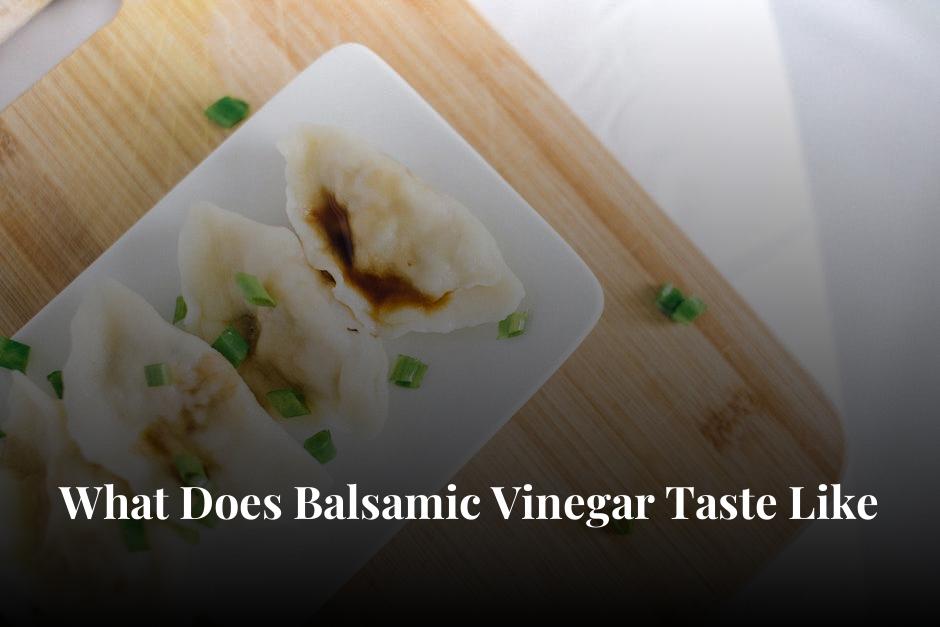What do balsamic vinegar smells like?
Is balsamic vinegar sweet or sour?
What is the name of balsamic vinegar? grape must is a reduction of grape juice which is cooked down and aged. Balsamic vinegar has a delicate balance of sweet and sour and is thick enough to coat a spoon. Most stores carry at least a few balsamic vinegars, some of which are the real deal and some of which are thin, acrid-tasting imitators.
Is balsamic vinegar an acquired taste?
Balsamic vinegar is a dark brown and glossy substance that is very smooth to eat. You’ll get a delightfully balanced profile of sweet and tart flavors that provide layer after layer of complexity on the palate after you’ve tasted them. Dark fruit, figs, chocolate, and even molasses are some of the primary flavors you’ll pick up on. Balsamic vinegar is much lower on the acidity spectrum than red and white wine.
There are only two potential health problems associated with balsamic vinaigrette. It may have some lead in it, and it could be bad for your dental health. There is a chance that the amount of lead is too small to affect adults. Talk to your health care provider to make sure you’re safe if you have concerns about lead.
Balsamic vinegar with figs, strawberries, peaches, and Parmigiano Reggiano cheese is a great way to add some flavor to your dessert or cheese course. The rich tones of balsamic make them perfect for sweet treats. Balsamic vinegar is made from grapes grown in Italy. It’s made from grapes that have been pressed. The ‘mosto cotto’ is usually aged in a series of small barrels. The syrup becomes more complex as the vinegar becomes concentrated.
Balsamic vinegar is sweet because it’s made from cooked down sweet grape must and then left to ferment and age in wooden barrels for at least 12 years. The flavors come from the grapes and the wooden caskets. A deep, complex flavor with a distinct sweet taste is what this results in.
Storage spaces that are cool and dark are the best for balsamics. Balsamic vinaigrettes can be refrigerated if you use them for salads. You should store them in a cupboard if you are using them for sauces, marinades, and reductions. Balsamic vinegar has a shelf life of between 3 and 5 years.
There is only a trace amount ofsodium in a 1-tablespoon serving of distilled vinegar. Red wine, cider, and balsamic have the same amount of salt in them. According to the National Labeling and Education Act, foods with less than 5 grams of salt per serving can be labeled as sodium-free.
It makes sense that balsamic should be used as a replacement for the base of the sauce. A good splash of balsamic, red wine, or white wine will add acidity and sweetness to soups, sauces, casseroles, and gravies. Balsamic vinegar can be used as a substitute for the Worcestershire sauce. If you add garlic powder, onion powder, a tiny bit of anchovy paste and a touch of soy, you’ll have a sauce that’s full of flavor.
There is a sweet, subtle flavor and a clean color in White Balsamic Vinegar. Light colored sauces, salad dressings, and marinades are some of the uses of this vinegar. New wood barrels have not been fired on the inside of them, so white balsamic is aged up to 12 years. The dark balsamic is more complex than the white balsamic, but it has not been caramelized over an open wood fire.
Balsamic and cider vinegar only have a small amount of calories in them. The same amount of cider vinegar has 3 calories, while the same amount of balsamic vinegar has 14 calories. Natural sugars occur in the fruit juices that are used to make the vinaigrettes. 3 grams of carbohydrates are contained in each serving of balsamic vinaigrette. The amount of alcohol in cider vinegar is less than the amount of sugar in it.
This is perhaps the most well-known benefit of balsamic vinegar. It’s an excellent choice for those who want to maintain or lower cholesterol levels. The scavenging cells in your body that are toxic to you and inflate your cholesterol levels are the ones that are protected by the anti-oxidants found in balsamic vinaigrette.
The concentrated juice of white Trebbiano grapes is used to make balsamic vinaigrette. White vinegar can be obtained from alcohol or acetic acid. In nature, white vinegar is stronger than other acids.
Balsamic vinaigrette is a great vinaigrette to use over salads. It’s possible to try it in cooked dishes as well. The rich flavor of meat, poultry, and fish is balanced by the spicy kick of balsamic. Some people like to mix a bit of water with balsamic vinegar as a tonic.
Baking soda or baking powder can be mixed with common alkaline ingredients to make a difference. Adding neutral flavors, like sour cream or yogurt, can balance out the flavors if this still hasn’t done the trick.


